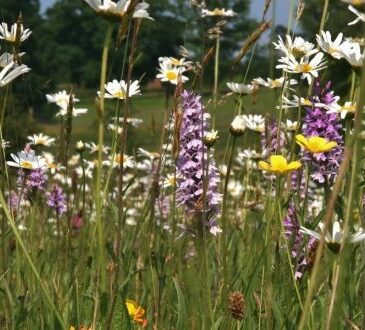As part of the planning process we have had to obtain specialist reports on the impact the building (s) could have on the local Ecology and whether the site and buildings are robust against flooding and surface water. For the Ecology assessment we have used a local company called Clarkson & Wood who are based Blackford (nr Wedmore). For the surface water strategy an engineering consultancy called Jenkins & Potter who are based in Bristol was employed. The reports which have been supplied are very detailed and will appear as part of our planning documentation, however to provide a ‘bit size’ summary the WiNSpace committee have produced synopsis of the reports which includes WiNSpace’s own thoughts on them. These can be viewed by downloading them here with our conclusions given below:
The conclusion which the WiNSpace Commiitte reached on the Ecology report were:
- The WiNspace committee fully understands the impacts that developments such as the community centre has on local ecology. However, by taking on board the advice of the Ecological consultants, we will hopefully provide benefits to both the Parish community and the local wildlife. With the support of local wildlife groups and community engagement we can hopefully create a hub for not only inside activities but increase awareness of the environment outside and the local area
- By fully acknowledging that we were in a Special Area for Conservation, the need to mitigate the effects of the building, carpark and its location on the field were designed in at an early stage. Therefore, we will hopefully achieved the difficult balancing act of having no overall impact on the local ecology whilst minimising the effect on the neighbouring houses.
- By developing meadow and wildlife areas on the WCA site, including: bird, bat, habitat pile/hibernaculum (homes for amphibians/reptiles) and the careful selection of additional trees and shrub planting, we will increase habitats for the species that exist on the WCA site and encourage wildlife to spread from our neighbours land (Millennium Green, Strawberry line and local gardens) for the benefit of all.
- It is clear to the committee our biggest ecological challenge is light spillage and the effect that has on foraging bats along the strawberry line. Our Architects, by working closely with the Ecologists, have put together a number of site and building design features, which will not only minimise the effects but by including features such as meadow areas provide an actual overall habitat improvement
The conclusions reached on the Surface Water and Sustainable Drainage (SUD) Strategy report were
The WiNSpace Committee have concluded that the strategy is robust since.
- The strategy does not intend to assume that no external flood water will enter the site but by design, allows it to enter in a controlled manner and via profiling the hardstanding, it is led away from the buildings on to the field
- Using storm water storage, directing and controlling flood & drainage water on site, the community centre buildings will be flood resilient.
- By reducing the Community Centre’s dependency on storm sewer capacity, it will assist in the management of storm water in the local area
- The rainfall volumes used in the analysis far exceed the rainfall quantities that occurred during the 2012 flooding event.
- The ground on site is assumed to be impermeable. However, the risk could be further reduced if water does soak into the ground under the Carpark and the Wells Close culverts are correctly maintained.
- Overall the scheme looks to significantly improve the drainage capacity and reduce the flooding risk of the site and local area.
